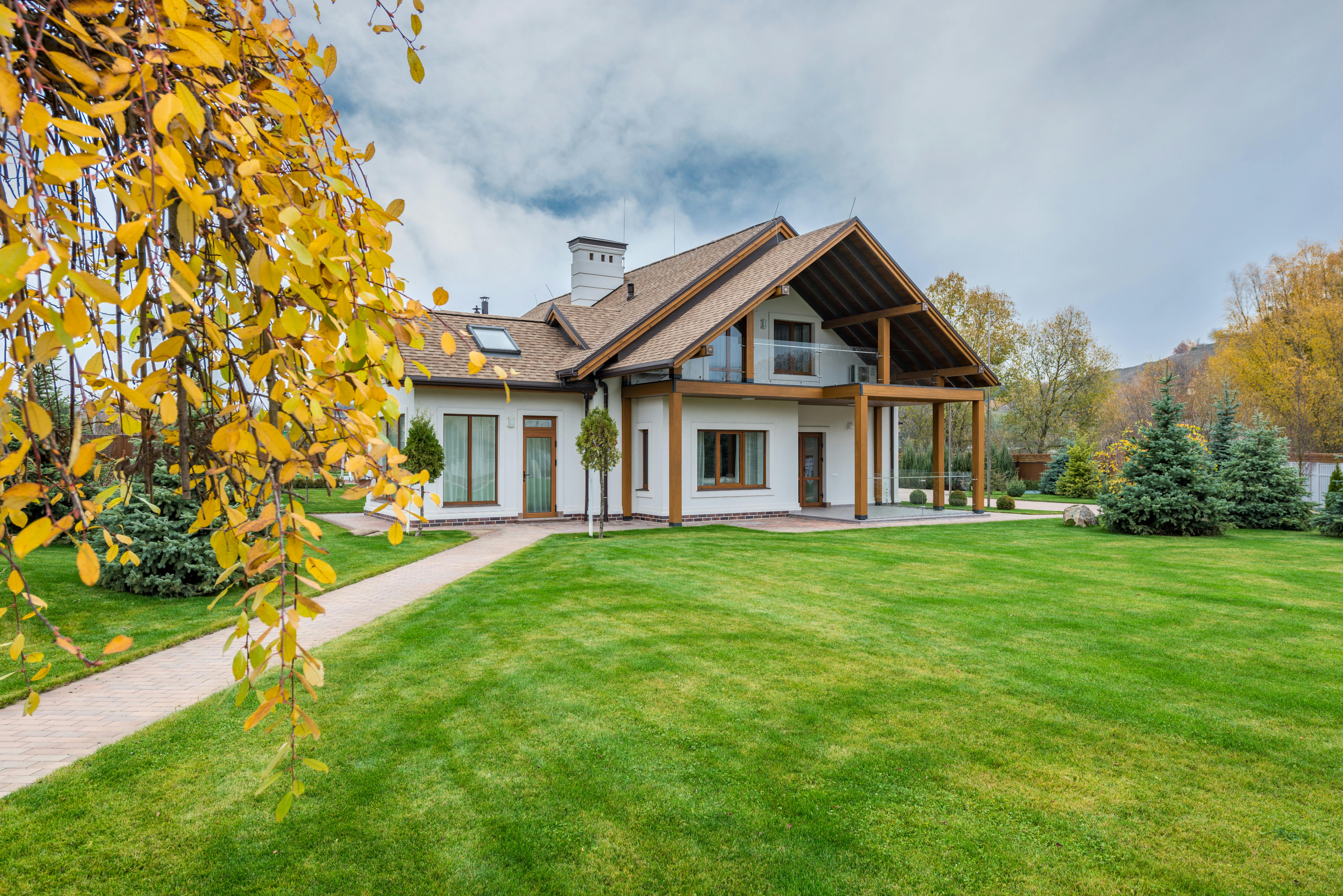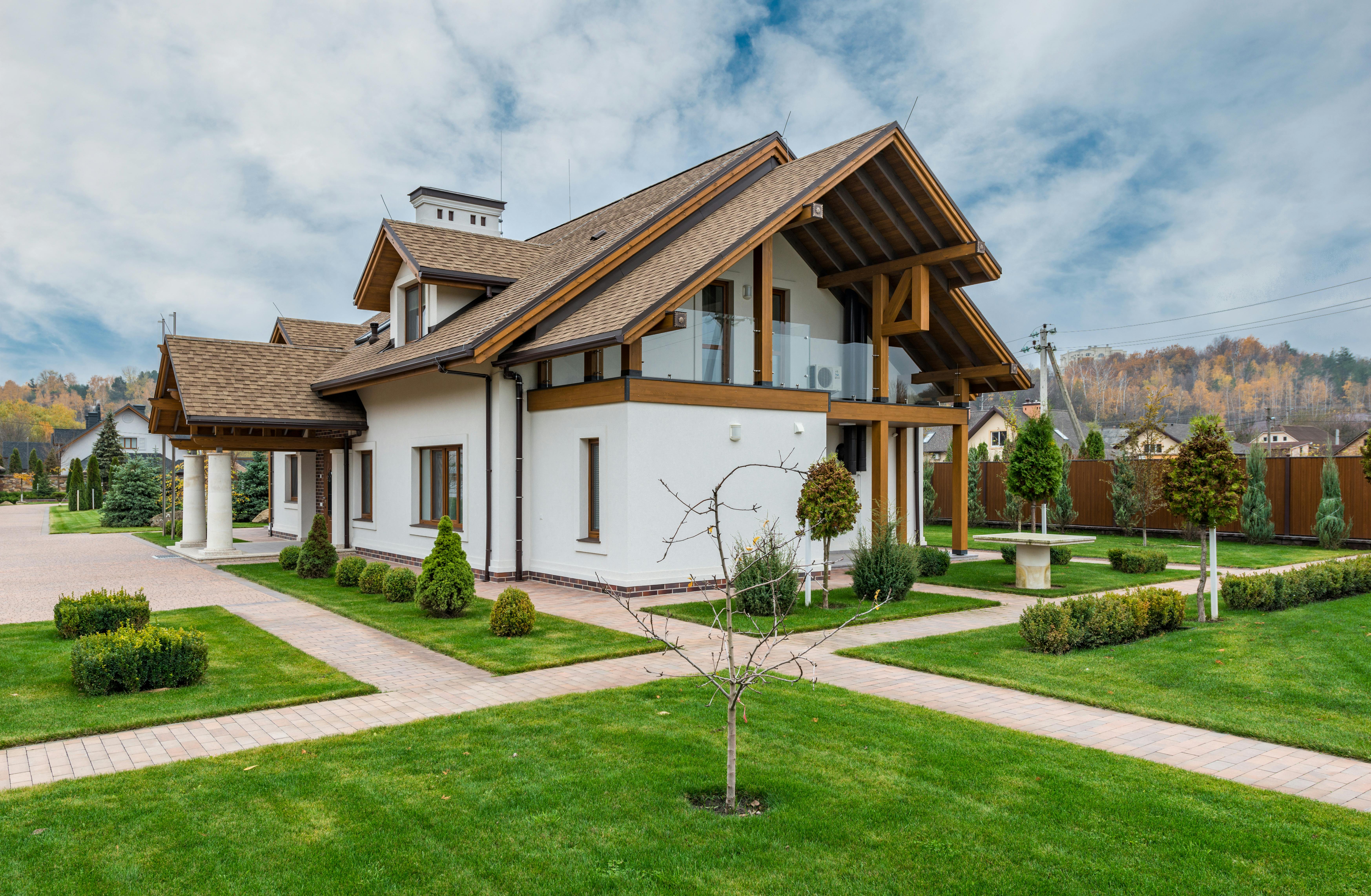Building a small garden waterfall is a great way to add the sights and sounds of running water to your outdoor living space. It can be a relatively simple project that requires few materials and only basic tools. With some planning and preparation, you will be well on your way to enjoying the calming effects of your own custom-built garden waterfall!The best location for your waterfall garden will depend on several factors, such as the size and style of the waterfall, the amount of sunlight it will receive, and any particular aesthetic preferences you may have. To start, consider the size of your desired waterfall. While a smaller waterfall can be tucked away in a corner of an existing garden, larger waterfalls may require more space. If you’re looking for a larger scale design, consider selecting an area with plenty of open space and a nearby water source. Next, take into account how much sunlight your waterfall will receive. Water features tend to need at least 4-6
Gather Necessary Supplies for a Small Waterfall Garden
Creating a small waterfall garden in your backyard can be an enjoyable and rewarding experience. Before you get started, however, it’s important to make sure that you have all the necessary supplies for the project. To ensure that you have everything you need, here is a list of essential supplies for creating a small waterfall garden.
The first thing you will need is an appropriate container for your waterfall. This could be anything from a plastic tub to a concrete pond basin. The size of your
Construct the Base for Your Waterfall Garden
Creating the base for your waterfall garden is an important part of the process. The base should be level and well drained, with a slight slope to allow for runoff from the waterfall. If you are using an existing pond, it is important to check that the base is level and that it is not too shallow or too deep for your particular needs. You will also need to ensure that there are no obstructions that might interfere with the water flow.
The next step is to lay down a layer of gravel at the base of
Adding Rocks at the Base of Your Waterfall Garden
Adding rocks to the base of your waterfall garden is an easy way to add character and texture to your landscape. Rocks can provide a natural look and texture that can be used to create a unique design for your garden. They also provide stability, helping to prevent erosion, and can help retain moisture in the soil. Additionally, rocks can act as a filter for water entering and leaving the waterfall, reducing energy loss and improving efficiency.
When selecting rocks for your waterfall garden, choose ones that match the size of your
https://images.pexels.com/photos/5997996/pexels-photo-5997996.jpeg
Adding a Pump to Your Small Waterfall Garden
Adding a pump to your small waterfall garden can be a great way to add some life and movement to an otherwise still landscape. A pump can turn a simple garden pond into a flowing fountain, or create an attractive waterfall feature. The possibilities are endless and the results can be stunning.
The first step in adding a pump to your garden is to decide where you want it placed and what kind of effect you would like it to create. Will you be using it for a

Making Sure the Pump is Securely Attached in Place
Ensuring that a pump is securely attached to its place is essential for the functioning of any water system. It helps in sustaining a constant flow of water and preventing any leakage or contamination. To make sure that the pump is securely attached, one must first check if all the components of the pump are properly connected and secured. This includes making sure that all screws, nuts, and bolts are tight and secure. Additionally, one should check for any potential signs of damage or wear and tear on the pump components.
Creating an Underlayment for Rocks in Your Waterfall Garden
When creating a waterfall garden, one of the most important elements of the design is the underlayment for the rocks. An underlayment helps to prevent soil erosion and helps to keep your rocks in place. It also helps to provide drainage for any excess water that accumulates around your waterfall. Here are some tips for creating an effective underlayment for your rock features:
Start by preparing the area where you will be placing your rocks. Make sure the ground is level
Pebbles and Boulders to Finish off Your Waterfall Garden Design
Adding natural elements to your waterfall garden design can take your landscape to the next level. Pebbles and boulders are a great way to add texture, color and structure to your waterfall garden. They provide a unique look that will add interest and beauty to your landscape.
Pebbles come in various sizes, shapes, and colors. You can use them to create pathways, borders, or simply as ground cover between plants. Pebbles are often used in the bottom of water features like

Conclusion
Building a small garden waterfall is a great way to add a beautiful and serene touch to your outdoor space. The steps involved in constructing your own garden waterfall are relatively simple, but it is important to approach them with care and precision. Begin by researching the local regulations concerning water features, then design the shape, size and location of your waterfall. Once you have the basic structure in place, you can move on to the fun part of selecting stones and plants to enhance its beauty. Finally, install a pump and filter system to ensure that your waterfall runs cleanly and
